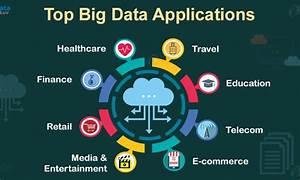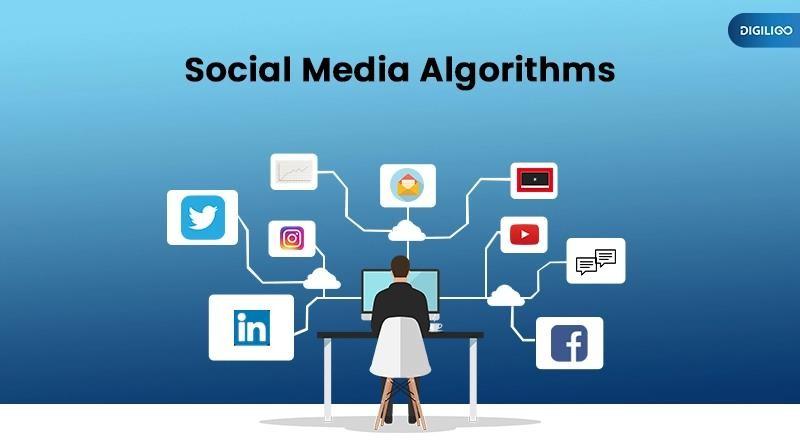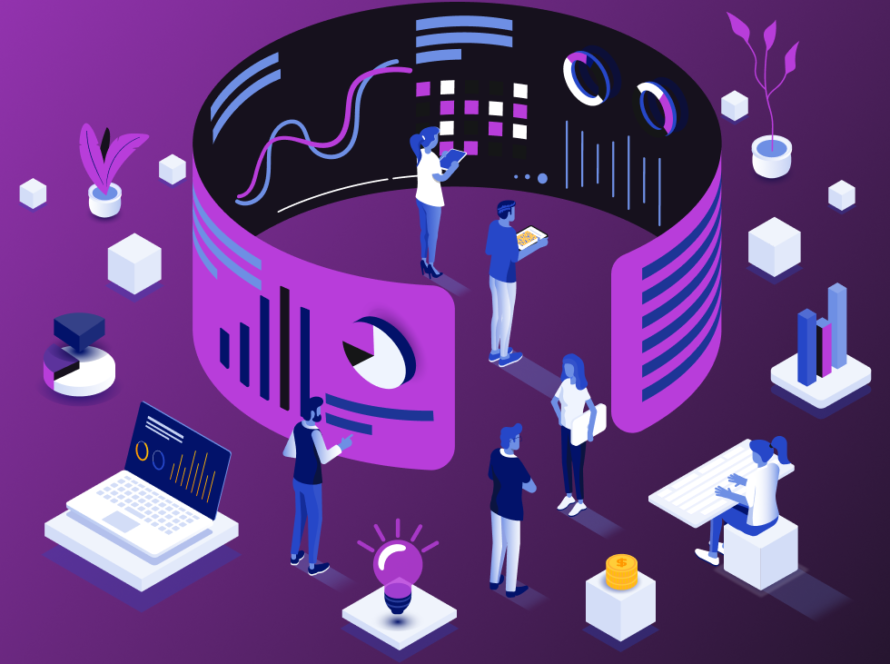In today’s hyper-connected world, data is everywhere streaming from our phones, sensors, social media feeds, and even the devices in our homes. But when does this flood of information become “big data,” and why does it matter? Let’s unpack the phenomenon of big data, explore its evolution, and dive into how it’s reshaping industries, societies, and our future.
1. Introduction to Big Data
1.1 Definition of Big Data
- Big data isn’t just about having a lot of data—it’s about what you do with it. At its core, big data refers to massive datasets that are too complex or large for traditional tools to handle. What sets it apart are the 5 Vs: Volume (the sheer amount of data), Velocity (the speed at which it’s generated and processed), and Variety (the mix of structured and unstructured formats, from spreadsheets to videos). Today, we often add Veracity (data accuracy) and Value (its usefulness) to the mix, reflecting its real-world complexity.
1.2 Historical Context
- Big data didn’t appear overnight. In the 1960s, punch cards and magnetic tapes tracked basic transactions. Fast forward to the 1990s, and the internet sparked an explosion of digital data. By the 2000s, milestones like Hadoop’s open-source framework (2006) and the rise of cloud computing made it possible to store and analyze petabytes of information. The digital transformation think smartphones, social media, and IoT turned this trickle into a tsunami, with global data creation hitting 147 zettabytes in 2024, according to Statista.

1.3 Importance of Big Data Today
- From healthcare to retail, big data drives decisions that were once based on gut instinct. It’s the backbone of personalized ads, early disease detection, and even climate modeling. Looking ahead, its significance will only grow as AI and machine learning unlock deeper insights, making it a cornerstone of innovation in 2025 and beyond.

2. The Components of Big Data
2.1 Data Sources
- Big data comes from everywhere: structured records like bank transactions, semi-structured logs from websites, and unstructured posts on X(twitter) or TikTok videos. IoT devices—like smart thermostats or wearables—generate 2.5 quintillion bytes daily, per recent IDC estimates. Social media alone contributes 500 million posts a day, offering a goldmine of real-time human behaviour.
2.2 Data Storage Solutions
- Gone are the days of clunky on-site servers. Today, cloud platforms like AWS, Google Cloud, and Azure dominate, offering scalability and cost efficiency. Traditional SQL databases still handle structured data well, but NoSQL options like MongoDB or Cassandra shine with unstructured variety—think of Netflix managing millions of user preferences seamlessly.

2.3 Data Processing Techniques
- Processing big data splits into two camps: batch (analyzing data in chunks, like daily sales reports) and real-time (think fraud detection as transactions happen). Tools like Apache Hadoop manage massive batches, while Apache Spark speeds up real-time analytics. Before any of this works, though, data cleaning—removing duplicates or errors—is critical, often eating up 80% of analysts’ time, per industry surveys.
3. Big Data Analytics

3.1 Types of Analytics
- Descriptive: What happened? Walmart uses this to track past sales trends.
- Predictive: What might happen? Weather apps forecast storms using historical patterns.
- Prescriptive: What should we do? Spotify suggests playlists based on your listening habits.
3.2 Tools and Technologies
- Tableau and Power BI turn raw numbers into stunning visuals, while Python and R power custom analyses. Machine learning, a subset of AI, takes it further—think of Tesla’s self-driving cars learning from road data or X’s algorithms predicting trending topics.
3.3 Challenges in Big Data Analytics
The road isn’t smooth. Privacy scandals (like 2023’s massive X data leak) highlight security risks. Bad data—say, outdated customer records—leads to flawed insights. And merging data from siloed sources? It’s like herding cats, with 68% of companies still struggling, per a 2024 Gartner report.
4. Applications of Big Data Across Industries

4.1 Healthcare
- Big data saves lives. Wearables like Fitbit track heart rates, feeding AI models that predict cardiac events. During the 2024 mpox outbreak, the WHO used real-time data to map spread patterns. Yet, fragmented records and HIPAA compliance remain hurdles.
4.2 Finance
- Banks like JPMorgan Chase use big data to spot fraud—flagging odd transactions in milliseconds. Customer segmentation drives targeted offers, but regulators like the SEC keep a tight leash on data use, especially post-2023 crypto scandals.
4.3 Retail and E-commerce
- Amazon’s “you might also like” feature? That’s big data at work, analyzing your clicks to boost engagement. Walmart optimizes inventory with predictive models, cutting waste. Dynamic pricing—think Uber’s surge rates—keeps profits flowing.
5. The Future of Big Data

5.1 Emerging Trends
- Edge computing—processing data on devices like smart cameras—cuts latency, vital for autonomous vehicles. Data ethics is heating up, with the EU’s 2025 AI Act mandating transparency. Quantum computing looms on the horizon, promising to crunch data at unthinkable speeds by 2030.
5.2 Skills and Workforce Development
- Data literacy isn’t just for techies—marketers and HR pros need it too. Certifications like Google’s Data Analytics or AWS Big Data Specialty are booming. Interdisciplinary skills—coding plus domain knowledge—set candidates apart.
5.3 Societal Impacts
- Big data tackles big problems: NASA uses it to model climate change, while nonprofits track poverty trends. But risks loom—misused data can fuel surveillance or bias. Striking a balance between innovation and privacy is the 2025 challenge.
Conclusion
- Big data is more than a buzzword—it’s a transformative force. From predicting your next purchase to fighting global crises, its reach is vast. Yet, with great power comes great responsibility. As we harness its potential, ethical stewardship will define whether big data becomes a tool for progress or a Pandora’s box. In 2025, the choice is ours.



